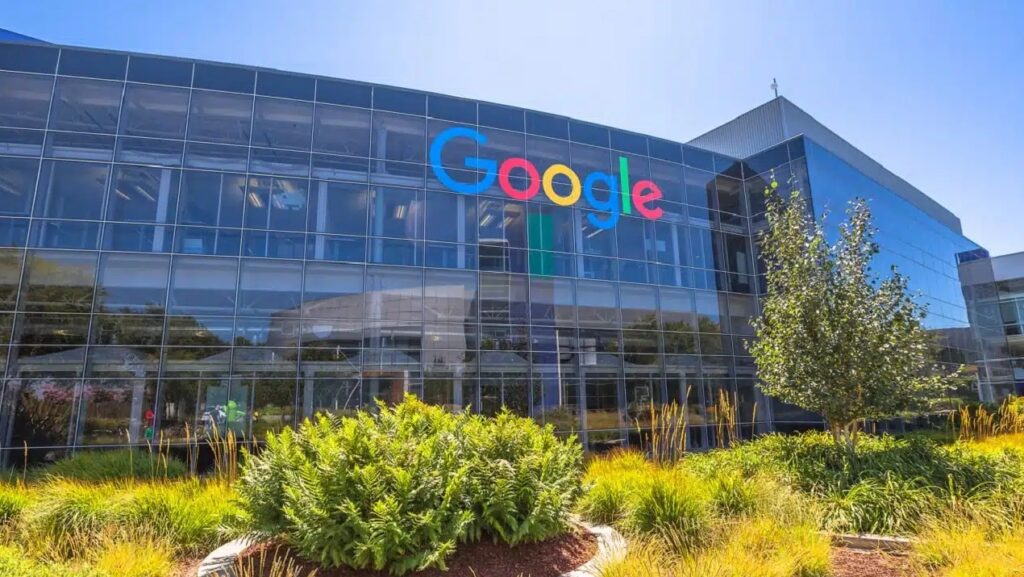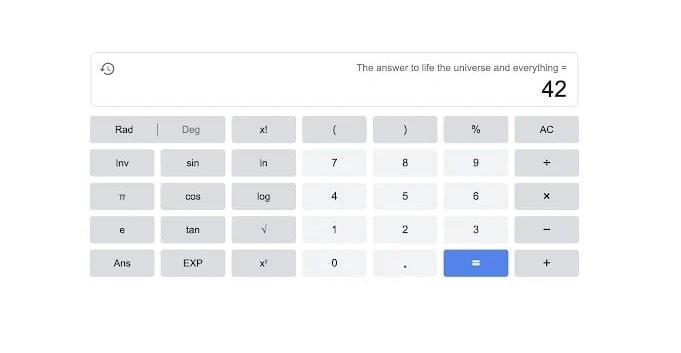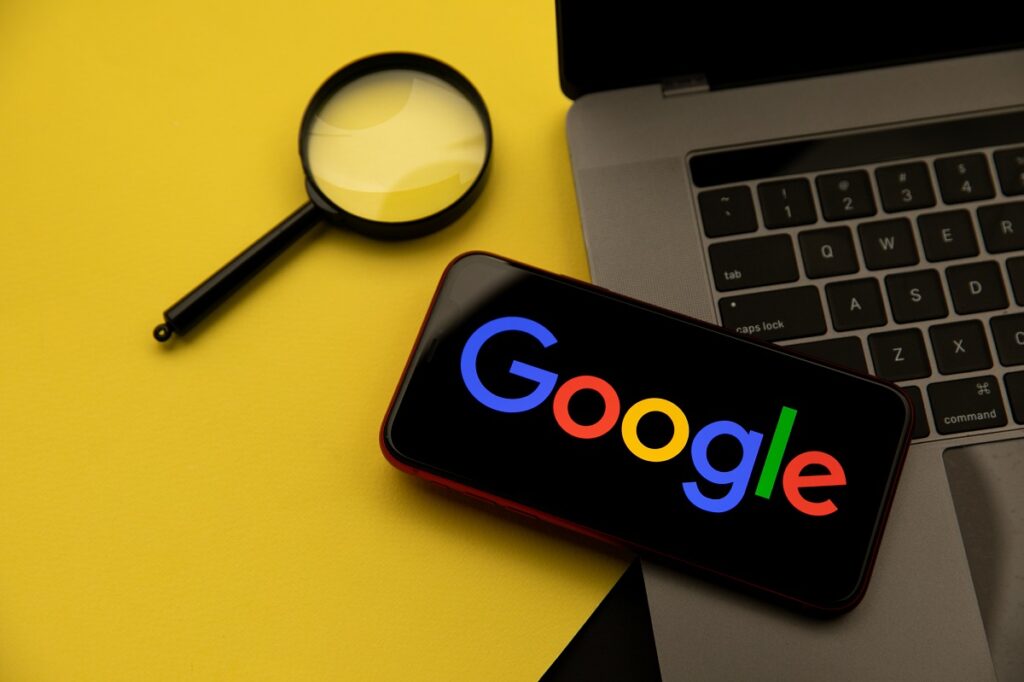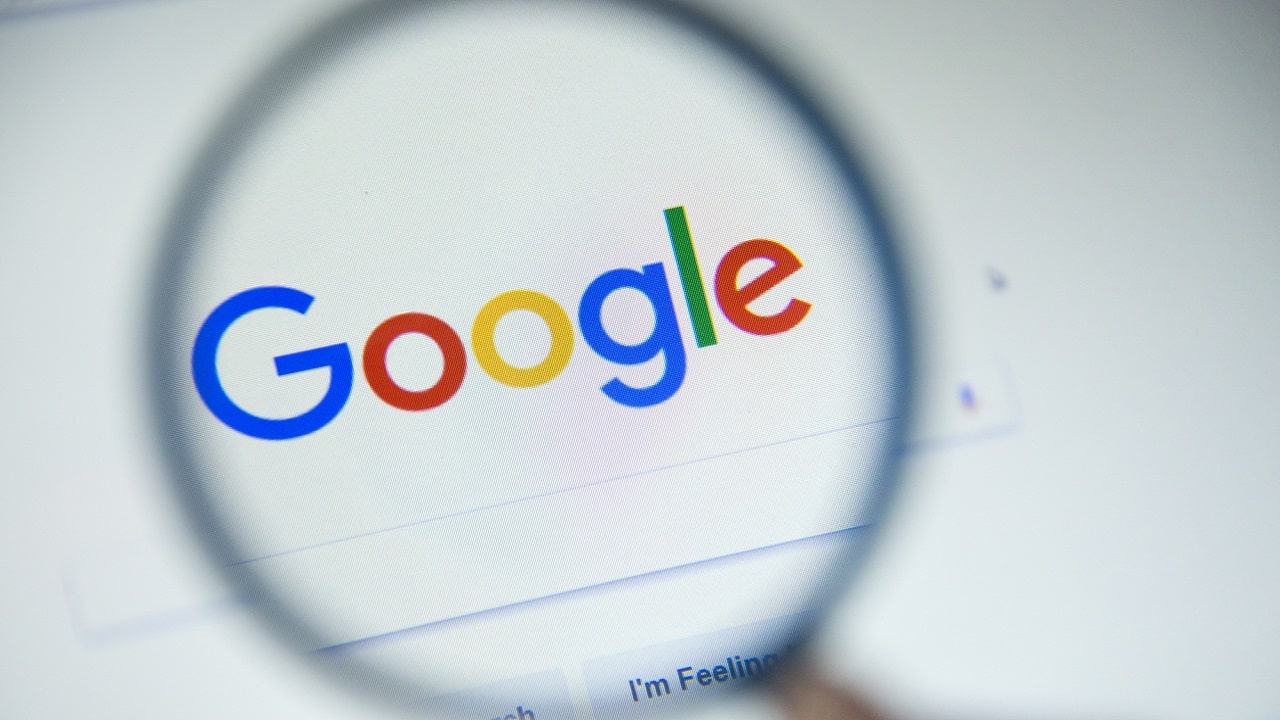Google turns 25during which he continually revolutionized the online search: a technological story with enormous impact. In a quarter of a century, Google has become so important to be transformed into a verb. We use it to resolve informal discussions but also to carry out scientific research (with due care). But it has also innovated a lot: more and more people they search by images or using a voice assistant.
Searching on Google is a technological revolution that has enormous social weight: we therefore wanted to retrace the history of the search engine, also trying to look to the future.
Google, 25 years of online search
Google was born in Stanford University, with Larry Page e Sergey Brin who developed a search engine capable of indexing the many websites we find online. It wasn’t the only solution of this type at the time (it was 1998), but the effectiveness with which it managed to find what we were looking for made it an immediate success.
Today, Google (or rather its parent company Alphabet) is one of the five companies with a capitalization of over one trillion dollars (fourth in value after Apple, Microsoft and the Saudi Aramco fund). As CEO Sundar Pichai recalls in his letter, it has six services that exceed two billion users in the world: among which Google Search continues to play a fundamental role.
To achieve these results, Google was able to juggle both on a technical and financial level. But as technology enthusiasts, we find the constant innovations made to the search engine very interesting. Because they make us understand how Google went from being an indexer of pages to a service that everyone, from children to the elderly, uses easily
Google and 25 years of research

As Google itself recalls, it all began in 1996, Page and Brin developed the PageRank algorithm: it was their research project for Standford. The two students understand that analyzing the quantity and quality of links is the way to understand the value of a site. In 1997 they registered the domain “Google.com”. In 1998 the first Doodle arrived, a stylized little man who communicated to users that the team would not be in the office. But the official birth came in September 1998, with the search engine showing pages with 10 blue links, indexing 26 million pages.
Since then, continuous innovations have followed:
- In 2001, it was born Google Imagesdriven by popularity of Jennifer Lopez’s dress at the 2000 Grammy Awardswhich inspired the team to create a page of its own.
- It arrives in the same year “Maybe you were looking” to suggest the correct spelling of the words.
- In 2002, Google News debuts to provide real-time news from different sources.
- In 2003, Google launched the primo easter eggwhich answered the question of life, the universe and everything (quoting Douglas Adams) and became a cultural phenomenon.

- In 2004, Google introduced autocomplete, initially known as “Google Suggest,” which shows search suggestions as you type, saving 25% of your typing time.
- In 2004, it arrives Google Localproviding local business information, maps, directions and reviews.
- In 2006, Google translator translate texts online between different languages.
- In 2006, Google Trends analyzes search trends with aggregate data.
- In 2007, it was born Universal Searchwhich improved search by integrating results from various formats.
- In 2008, the first Google mobile app arrived for iPhone, with features such as autocomplete and geolocation.
- In 2008, voice search debuted on the Google mobile app, expanded to computers in 2011, becoming popular in India.
- In 2009, Google introduced the Poison Hotline box on the search results page for emergencies such as suicide prevention.
From Image Search to today
- In 2011, the Image Search service arrives, allowing you to search with images instead of text.
- In 2012, the Knowledge Graph debuts to provide quick information about related people, places and objects.
- In 2015, Google introduced “peak times” on Search and Maps to identify the busiest times in places.
- In 2016, Discover personalized feed arrives to explore interest-based content.
- In 2017, it was born Google Lenswhich analyzes objects in images to perform visual searches.
- In 2018, the Google team develops AI-based flood prediction models to provide flood warnings in 80 countries.
- In 2019, BERT (Bidirectional Encoder Representations from Transformers) was born to improve the understanding of language in Research.
- In 2020, Shopping Graph arrives, an AI-powered dataset to improve online shopping.
- In 2020, functionality arrives “Sing and search” in the Google app to identify songs by singing or whistling.
- In 2021, Google adds “About this result” to provide context about search results.
- In 2022, “Multiple Search” arrives which allows you to search both via text and images at the same time.
- In 2023, the Search Labs per testare esperimenti e la “Search Generative Experience” (SGE) to improve Research with generative AI.
The future of the search engine

Over the last 25 years, Google has introduced many innovations – while discarding just as many. But he intends to continue to innovate and on the occasion of 25 years of search on Google, he wanted to reiterate this. Not only in the accuracy of the algorithms or in the functionalities, but also by filtering the illegal and offensive results, discarding fake news and unsubstantiated information. The technological potential of Google’s tools implies strong responsibilities, from which the company cannot escape. And looking to the future, the company seems to make that clear.
Authority and understanding
The original PageRank algorithm revolutionized the ranking of results, also evaluating the authority of the sites. But in recent years, we have seen how finding authoritative sites becomes even more important, to face new challenges, such as disinformation. This is one of the reasons why Google makes regular updates, including “core update“, to maintain high quality standards. Also tackle the lack of content with alerts and tools to evaluate sources and get context. A complex but important challenge
Google has invested heavily in better understanding the meaning of user queries over the years. Initially, it was mainly based on the correspondence of wordsbut has evolved its systems to understand synonyms and context. The use of innovations such as Knowledge Graph it has allowed us to improve our understanding of the relationships between people, places and objects. Advanced language models like BERT have helped deliver more relevant and better results in many languages. Additionally, tools like Google translator they were developed to overcome language barriers. Generative AI and language models Large-scale research is further transforming Research, enabling new types of questions and new organizations of information through experiments such as Search Labs. A rapidly expanding sector.

Google also explains that it has developed several technologies for understand non-textual information and make search more natural. In 2008, for example, it introduced the voice searchwhile in 2015 he launched Lens, which allows you to search for what you see with the camera. In 2022, the multiple search has improved these features even further, allowing visual searches with added text. Additionally, it used artificial intelligence to understand the semantics of videos and automatically identify key moments.
More safety
Google has also invested in the fight against spam in search results, using AI-based techniques and advanced protections to maintain the quality of search results and protect users from unwanted content. The company ensures that this commitment remains ongoing, as spammers continue to adapt and seek to evade protections.
Google is committed to making the Safe search, helping users find high-quality, legal information. He introduced protections to remove sensitive personal information, reduced the visibility of unwanted explicit content, and improved rankings to limit sites with abusive practices. They also launched tools to control personal information.
Google seems to have innovations for the next 25 years of research. Although it remains to be seen where this sector will go: after all, things that seem normal to us today (like taking a photograph and looking for similar images online) they were science fiction a quarter of a century ago.















Leave a Reply
View Comments